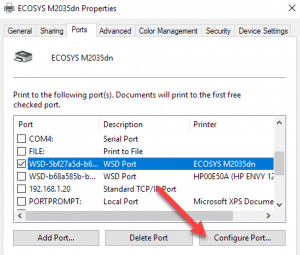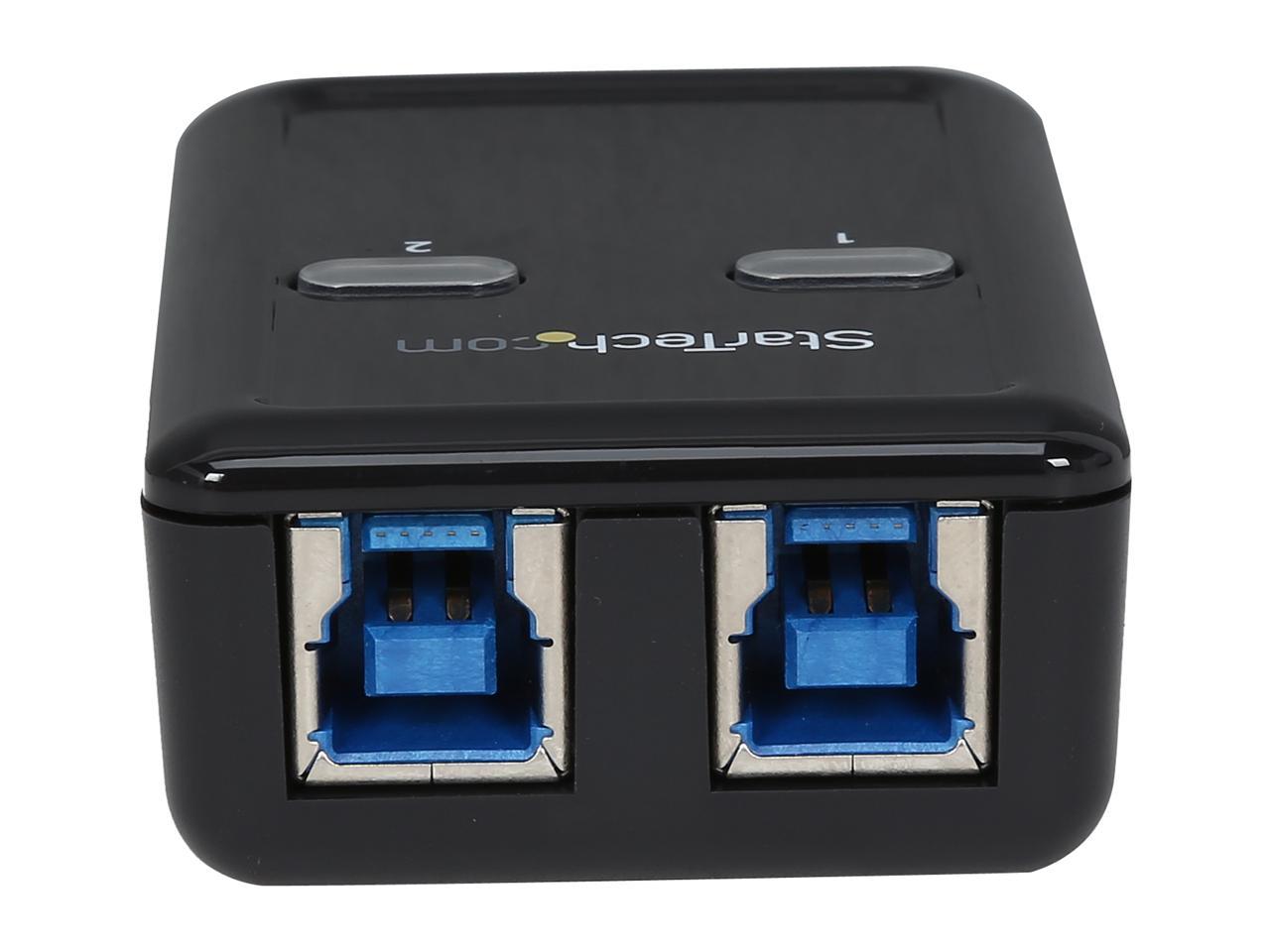

I grep through all files in C:\Windows\inf looking for the exact text of my printer driver (HP LaserJet 4200/4300 PCL6") to discover the one that I need. You'll probably have to use a different inf file than the one listed above. If the problem persists, select IP address or MAC address, enter the IP address or MAC. So, the solution was to delete the non-working printer port.


Right-click on the Printer and select Properties. Step 3 Click 'Start,' 'Settings,' and 'Printers and Faxes.' Step 4 Locate and right-click the icon of the printer you wish to configure. Video of the Day Step 2 Insert the USB end of the adapter into the USB port of your computer. For some particular reason, selecting Virtual port and applying didn’t change a thing. Open ControlPanel > Hardware and Sound section > View devices and printers. Step 1 Connect the parallel port end of the adapter to your printer. Apparently, the working port was Virtual and not Local. One was Local port and another Virtual printer port for USB. Select Auto Detect and select the machine when it is detected, and then click Next. So, I did a repair and there were two USB001 printer ports. (if you didn't know, as I didn't, ^ is the line continuation character in cmd.exe). Select Canon MFNP Port in Available port types and click New Port. Rundll32 printui.dll,PrintUIEntry /if /b "printer" /f %windir%\inf\prnhp002.inf^ Win-Printer-IP-Change scans through all of the printer ports on the machine looking for the first parameter (the old IP/hostname).
#Change printer ports windows 7
Just so that others can find this here's the exact command (from cmd.exe) that I run to programmatically add a network printer under Windows 7 (this seems to be somewhat rare even after a lot of googling): cscript c:\Windows\System32\Printing_Admin_Scripts\en-US\prnport.vbs ^


 0 kommentar(er)
0 kommentar(er)
